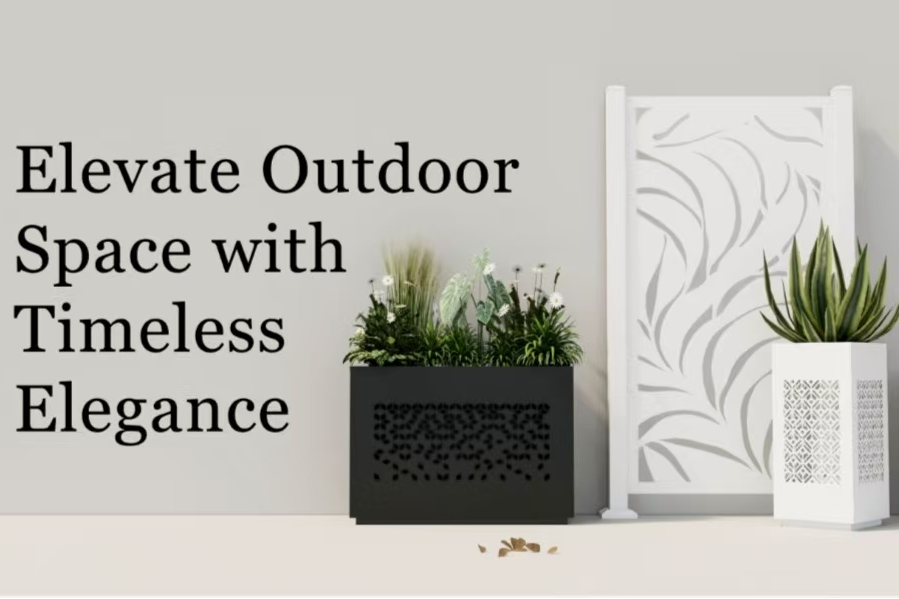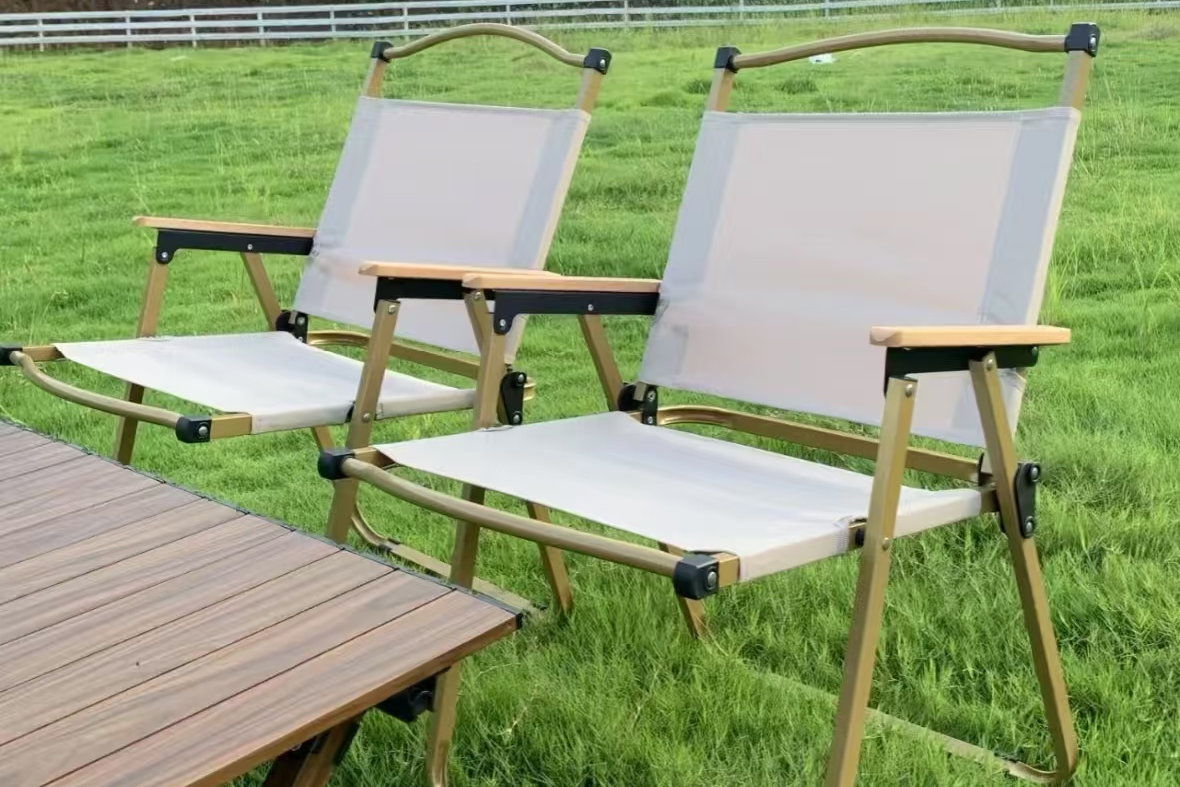
5 Tips for Making Your Indoor Planting Box More Productive
2025-11-12
If you’ve already set up your indoor planting box, you might be wondering how to help your plants grow faster and healthier. Whether you’re nurturing herbs in your kitchen or flowers in your living room, there are a few smart ways to make your indoor garden more productive — and yes, it’s easier than you might think!
In our last blog, we talked about how planting boxes can be used indoors. Today, let’s dive a bit deeper into how to get the best results from your indoor setup.
1. Choose the Right Soil Mix
Soil is the foundation of every healthy plant. When using a planting box indoors, you can’t just grab soil from your backyard. Outdoor soil may carry pests or bacteria that harm your plants.
Instead, use lightweight, well-draining potting mix. It provides the perfect balance of nutrients and aeration for roots to breathe. Adding a bit of perlite or coco coir can also help improve drainage — trust me, your plants will thank you for it.
2. Don’t Overwater — Consistency Is Key
One of the most common mistakes in indoor gardening is overwatering. Since indoor planting boxes don’t have as much airflow as outdoor gardens, the soil stays moist for longer.
Water your plants only when the top inch of soil feels dry. If you’re unsure, you can even use a moisture meter to check. Too much water can cause root rot — and once that happens, there’s no easy fix.
3. Give Your Plants Enough Light
Sunlight can be tricky indoors. Most plants need at least 6 hours of light daily to grow properly. If your planting box is far from a window, consider using LED grow lights. These lights mimic the natural spectrum of sunlight, giving your plants the boost they need.
Just remember to adjust the distance between the light and the plants — too close can burn the leaves, and too far won’t provide enough energy. Kinda like sitting too close to a campfire, right?
4. Feed Your Plants Regularly
Indoor plants rely entirely on the nutrients you provide. Use a liquid or slow-release fertilizer every few weeks to maintain growth. Go easy on it though — too much fertilizer can actually stress the plants.
If you read our earlier post about watering differences between indoor and outdoor gardening, you’ll notice that fertilizing follows the same idea: small, consistent care beats occasional heavy maintenance.
5. Create the Right Microclimate
Plants don’t just need water and light — they also care about air and temperature. Keep your indoor planting box in a space with stable temperature (18–25°C) and moderate humidity. If your home is too dry, a small humidifier can make a huge difference.
Some people even place their planting boxes near their Heating Stove during winter for warmth, but remember not to put them too close. Warm roots are happy roots, but hot roots… not so much!
Wrapping It Up
A productive indoor planting box doesn’t require fancy tools — just attention to detail and a bit of patience. With the right soil, consistent watering, enough light, and proper feeding, your indoor garden can thrive beautifully year-round.
And if you’re already enjoying other eco-friendly outdoor products like folding chairs, canopies, or barbecue grills from our brand, combining them with indoor greenery creates a lifestyle that blends comfort, freshness, and sustainability.

Recent Posts

2025-11-05
Can Planting Boxes Be Used Indoors?



